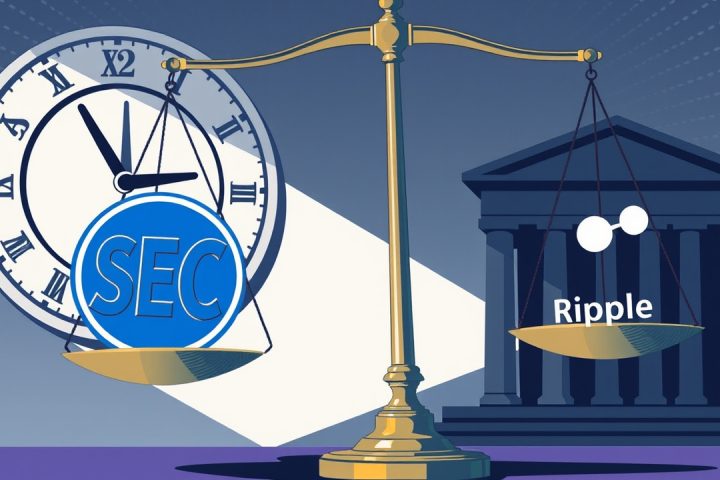Urgent Need for International Regulation of Stablecoins
A recent article published in China’s Study Times highlights the urgent need for consistent international regulation of stablecoins, as the current fragmented oversight struggles to keep pace with the fast-growing global adoption of this digital financial instrument. Authored by Han Weili, an associate dean at Fudan University’s School of Software, the piece emphasizes that, while stablecoins are rapidly becoming integral to various financial dealings, they face significant challenges concerning transparency, regulatory compliance across borders, and user protection.
Types of Stablecoins and Their Challenges
Han categorizes stablecoins into three distinct types: fiat-collateralized, on-chain-collateralized, and algorithmic. Each type presents unique technical complexities and legal vulnerabilities, particularly when issuers are not governed by consistent licensing and disclosure mandates. He argues that trust in these digital currencies is built on several elements, including the stability of the coin’s peg, the ability to verify reserve assets, and the enforcement of regulatory measures.
“While technology facilitates visibility, the integrity is upheld by legal and institutional frameworks.”
Despite the transparency offered by blockchain technology—which allows for traceable transactions and auditable smart contracts—Han insists that such features alone are insufficient to guarantee accountability.
Proposed Solutions for Regulatory Gaps
To address existing gaps, Han suggests the establishment of real-time reserve verification systems, accompanied by third-party audits to ensure uniformity in regulatory practices across different jurisdictions. Furthermore, he recommends that regulatory requirements be integrated into the code of smart contracts to automate compliance.
Domestic Issues and Public Education
He also discusses the domestic issues associated with stablecoins, citing a rise in scams aimed at newcomers who lack familiarity with digital currencies. To combat this, Han advocates for more comprehensive public education initiatives on digital finance, as well as the incorporation of stablecoin-related risks into national financial education programs.
Future Outlook and Need for Collaboration
Looking ahead, Han forecasts that the global supply of stablecoins could soar from hundreds of billions to several trillion dollars, as they become more prevalent in payments, trade, and tokenized asset markets. However, he warns that without collaborative regulations and shared infrastructure, regulatory bodies will continue to deal with unresolved issues and oversight gaps.
The article underscores the need for synchronized supervision and alignment on a system-wide level to facilitate both innovation and the security of stablecoins. While a number of countries have embarked on regulatory pilot programs regarding stablecoins, Han observes that there is currently no unified system to monitor stablecoin transactions internationally. He argues that the establishment of agreed-upon standards could help form a cohesive framework that addresses elements such as reserve disclosure and contract auditability, paving the way for cooperative measures akin to those seen in banking or trade compliance.




